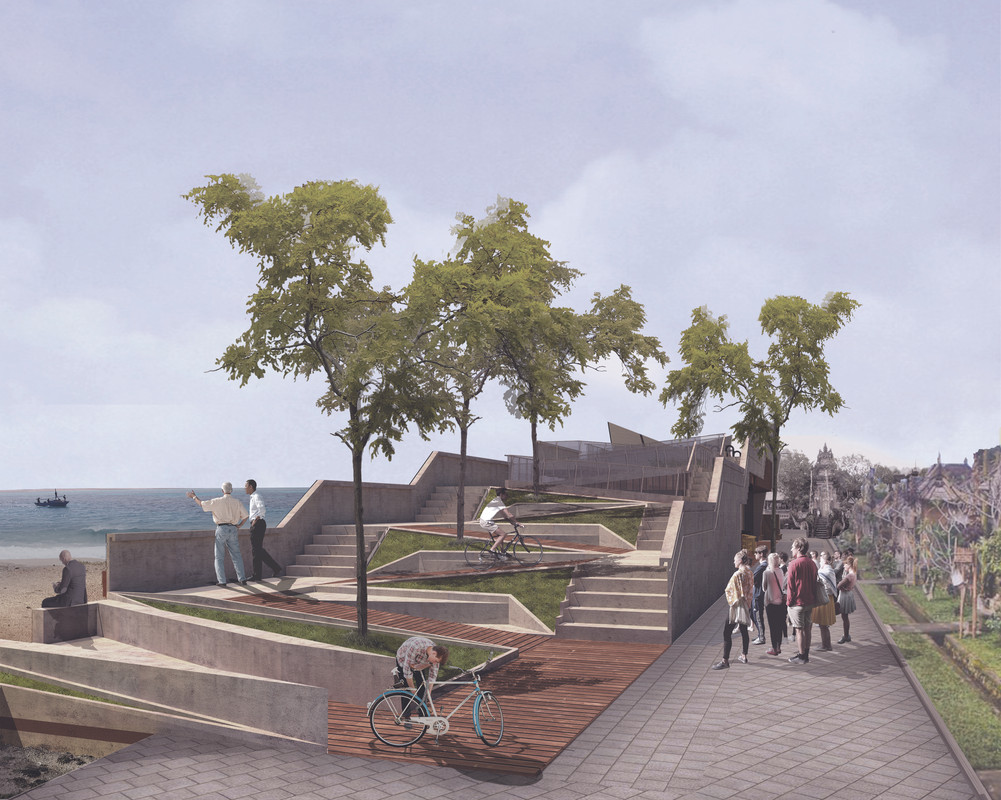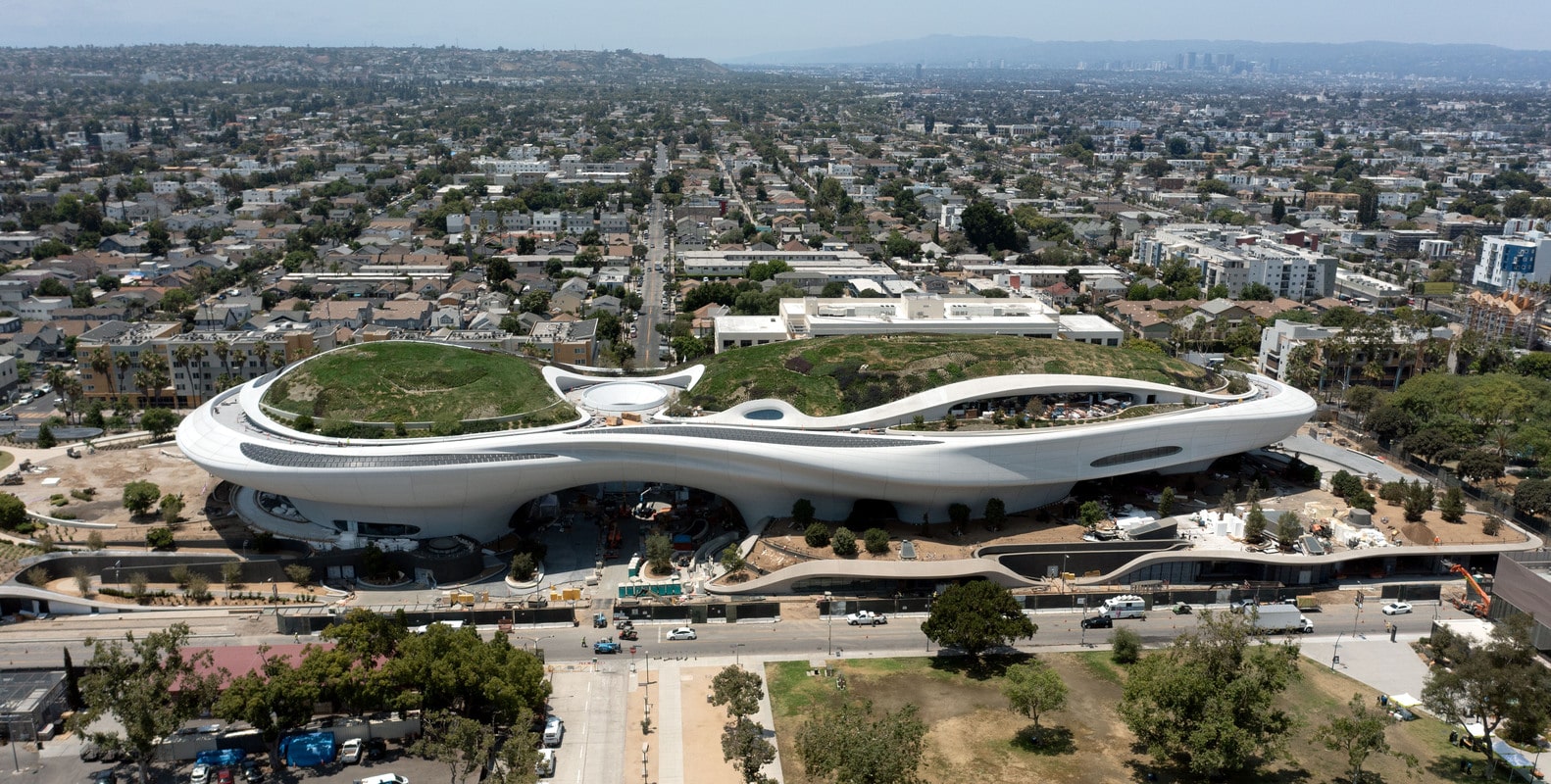- Home
- Articles
- Architectural Portfolio
- Architectral Presentation
- Inspirational Stories
- Architecture News
- Visualization
- BIM Industry
- Facade Design
- Parametric Design
- Career
- Landscape Architecture
- Construction
- Artificial Intelligence
- Sketching
- Design Softwares
- Diagrams
- Writing
- Architectural Tips
- Sustainability
- Courses
- Concept
- Technology
- History & Heritage
- Future of Architecture
- Guides & How-To
- Art & Culture
- Projects
- Interior Design
- Competitions
- Jobs
- Store
- Tools
- More
- Home
- Articles
- Architectural Portfolio
- Architectral Presentation
- Inspirational Stories
- Architecture News
- Visualization
- BIM Industry
- Facade Design
- Parametric Design
- Career
- Landscape Architecture
- Construction
- Artificial Intelligence
- Sketching
- Design Softwares
- Diagrams
- Writing
- Architectural Tips
- Sustainability
- Courses
- Concept
- Technology
- History & Heritage
- Future of Architecture
- Guides & How-To
- Art & Culture
- Projects
- Interior Design
- Competitions
- Jobs
- Store
- Tools
- More

“Your gaze scans the streets as if they written pages: the city says everything you must think, makes you repeat her discourse, and while you believe you are visiting her you are only recording the names with which she defines herself and her parts.”
– Italo Calvino, in Invisible Cities
Through the exchange of signs, we communicate our idea and share our belief. Thus, the sign system that we use to communicate, also known as the human language become the base of our civilization, allowing ourselves to form complex intersubjective understandings.

Although these signs were first introduced through language, its usage can be found among every product of human civilization, including our built environment. A Museum set to depict the study of signs (Semiotic) should then materialize the relation of meaning (signified) and symbol (signifier), as the two components which together form a sign.

The arbitrary relation between the two elements is depicted as circular masses which are never perfect. Instead, circular masses were cut and intersected with each other to create ambiguity of meaning analogous to the phrases of a text or poetry. While commonly museum try to conceive a pre-determined message, experience visitors have inside the Museum of Semiotic leaves open interpretation for visitors to perceive, then the spaces itself become a sort of linguistic labyrinth.
illustrarch is your daily dose of architecture. Leading community designed for all lovers of illustration and #drawing.
Submit your architectural projects
Follow these steps for submission your project. Submission FormLatest Posts
Suzhou Museum of Contemporary Art by BIG
Suzhou Museum of Contemporary Art (Suzhou MoCA), designed by BIG, reinterprets Suzhou’s...
Lucas Museum of Narrative Art to Open in Los Angeles in September 2026
Opening in 2026, the Lucas Museum of Narrative Art brings a sculptural...
Xiao Feng Art Museum by ZAO/Zhang Ke Architecture Office
Xiao Feng Art Museum by ZAO/Zhang Ke Architecture Office merges contemporary design...
Museum Bezau by Innauer-Matt Architekten
Museum Bezau by Innauer-Matt Architekten fuses heritage and modernity through timber craftsmanship,...






















Leave a comment